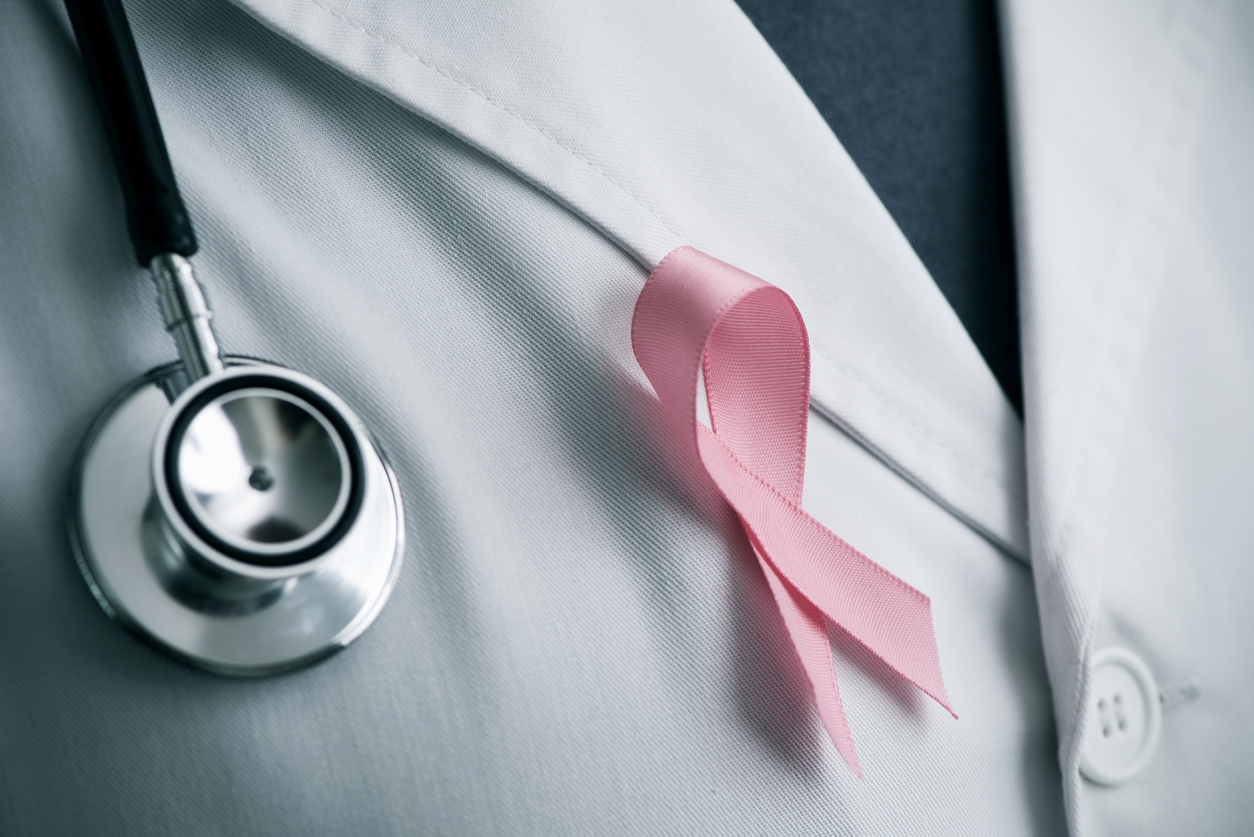
As you probably know, October marks Breast Cancer Awareness Month – a time where CARO and other organizations around the world especially try to increase awareness and support for the knowledge, early detection, treatment and care of the unfortunately common disease of breast cancer.
We want to provide you with knowledgeable information on the types of radiation therapy that are available to breast cancer patients and that we provide for our patients at CARO.
When Radiation Treatment is Used for Breast Cancer
Radiation therapy is treatment that uses the power of high-energy rays to target and destroy cancer cells. Some women with breast cancer will need radiation, in addition to other treatments. There are several situations in which radiation treatment might be used to treat breast cancer.
Commonly, doctors plan radiation therapy for their patients following breast-conserving surgery (BCS). This procedure can help lower the chance that the cancer will come back in the same breast or nearby lymph nodes. Radiation might also take place after a mastectomy, especially if the cancer was larger than 5 cm (about 2 inches), if cancer is found in many lymph nodes or if certain surgical margins have cancer such as the skin or muscle.
How to Treat Breast Cancer with Radiation Therapy
Breast cancer can be treated with two types of radiation – external beam radiation and Brachytherapy, both of which are available as treatment possibilities at CARO.
External Beam Radiation
External Beam Breast Cancer Radiation is a beam of radiation or high energy ray aimed at the cancerous cells by a large machine. Which areas need radiation depends on whether the patient has had a mastectomy or breast-conserving surgery and whether or not the cancer has reached nearby lymph nodes.
If you had a mastectomy and no lymph nodes had cancer cells, external beam radiation therapy will likely be focused on the chest wall, the mastectomy scar and the places where any drains exited the body after surgery. If you had BCS, you will most likely have radiation to the entire breast (called whole breast radiation), with an extra boost of radiation to the area in the breast where the cancer was removed. This will help prevent it from coming back in that area.
If cancer was found in the lymph nodes under the arm, this area may be external beam radiation, too. In some cases, the area treated might also include the nodes above the collarbone and the nodes beneath the breast bone in the center of the chest.
Brachytherapy
Brachytherapy (or Internal Breast Cancer Radiation) targets only the part of the breast where cancer was removed. For certain women who had breast-conserving surgery, brachytherapy can be used by itself (instead of radiation to the whole breast) as a form of accelerated partial breast irradiation. Tumor size, location, and other factors may limit who can get brachytherapy.
Intracavitary brachytherapy consist of a device being placed into the space left following surgery and remains there until treatment is complete. There are several devices available, most of which require surgical training for proper placement. They all go into the breast as a small catheter. The end of the device inside the breast is then expanded like a balloon so that it stays securely in place for the entire treatment. The other end of the catheter sticks out of the breast. For each treatment, radiation material is placed down through the tube and into the device for a short time and then removed. Treatments are typically given twice a day for 5 days as an outpatient. After the last treatment, the device is removed.
Treatment Duration
The number of treatments depend on multiple factors and each radiation plan is specifically designed to the patient. The patient may have marks placed on their skin that will facilitate their radiation therapist with their daily setup. Furthermore, the patient will have a customized immobilization device to aid in the daily setup for their radiation treatments.
Of course, each treatment type is completely customized depending on the patient’s unique situation and circumstance. The care team at CARO works with each patient individually to develop a treatment plan unique to themselves with the best care plan possible in place. Contact us today for more education, tools, information and resources.

